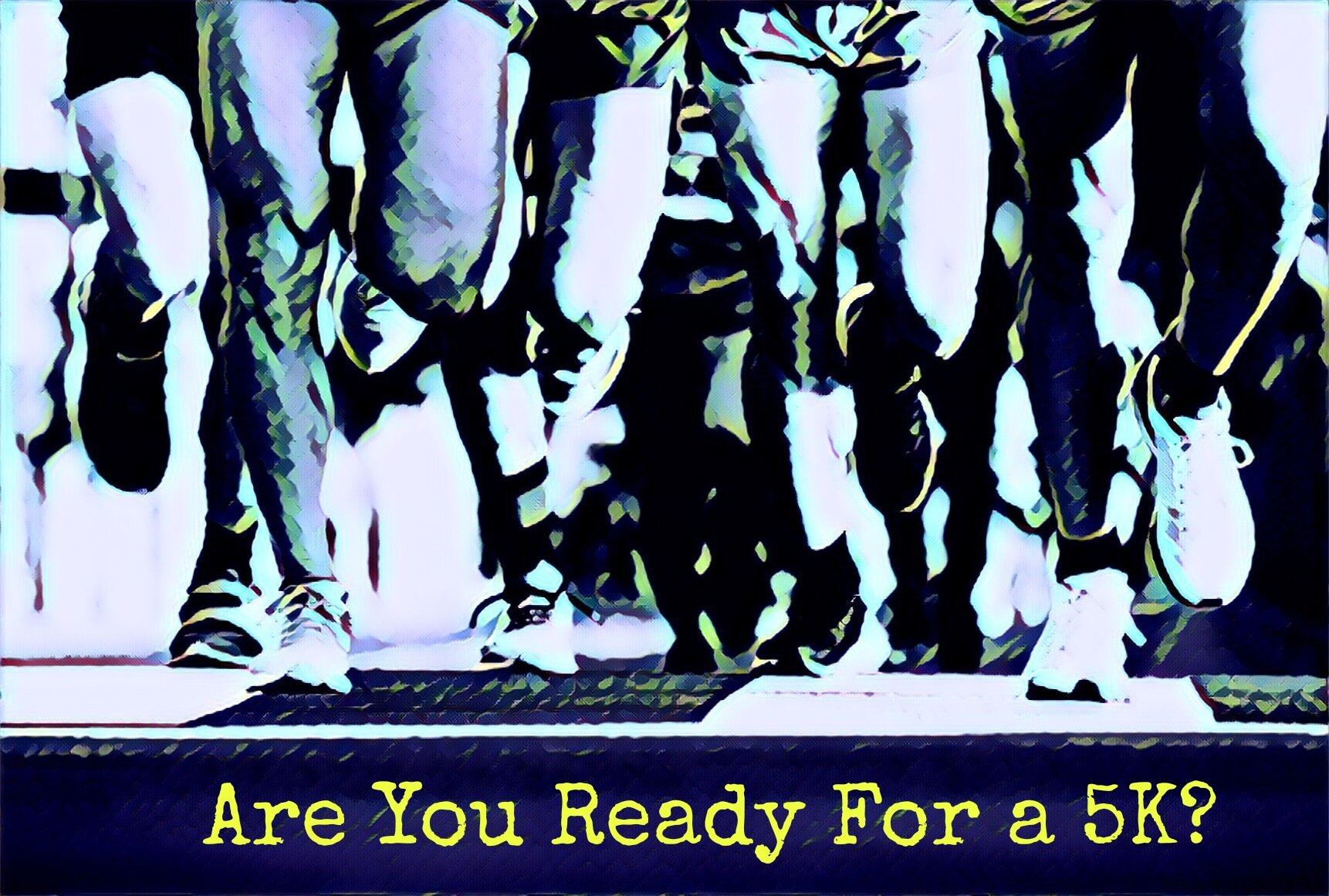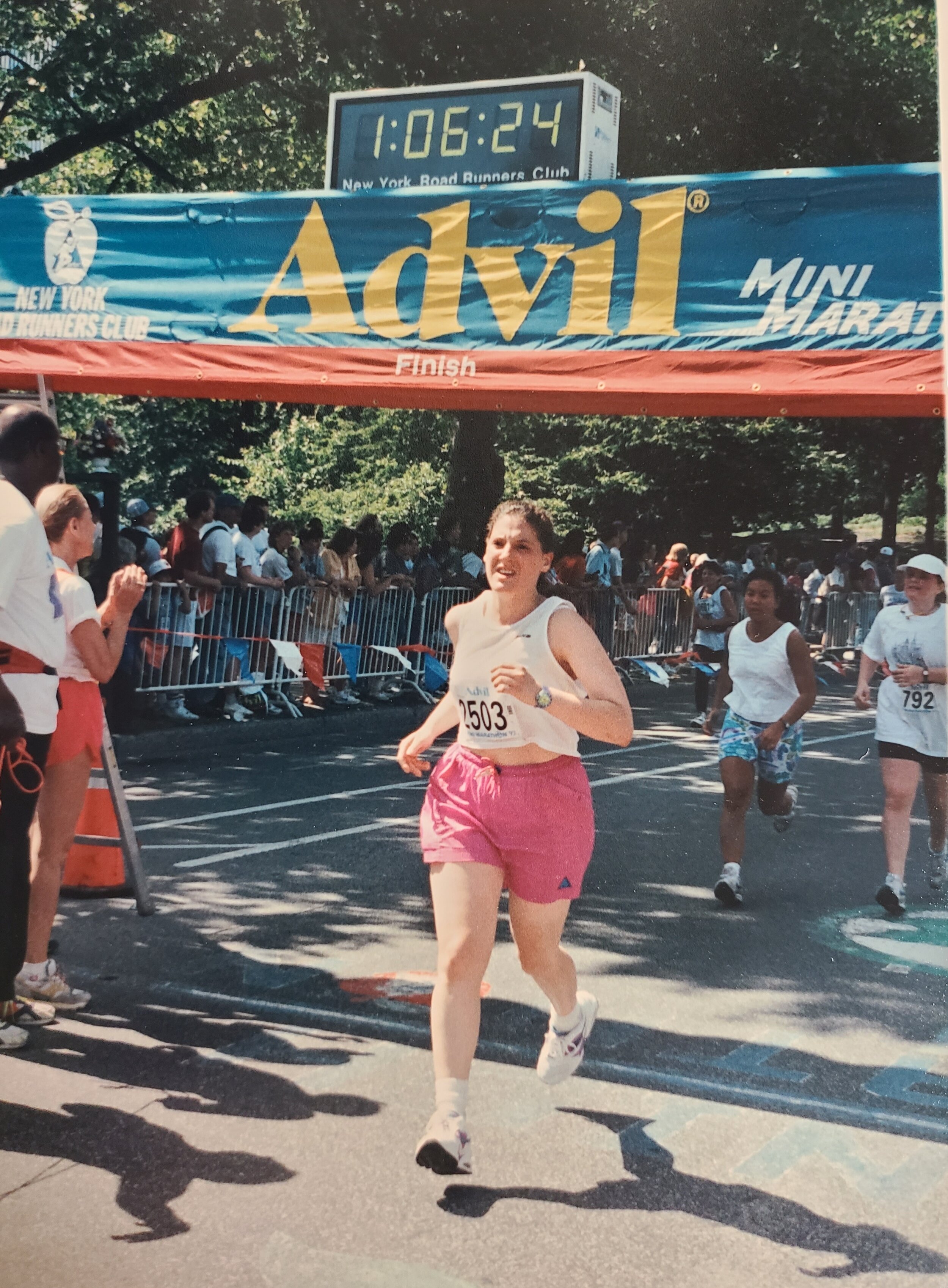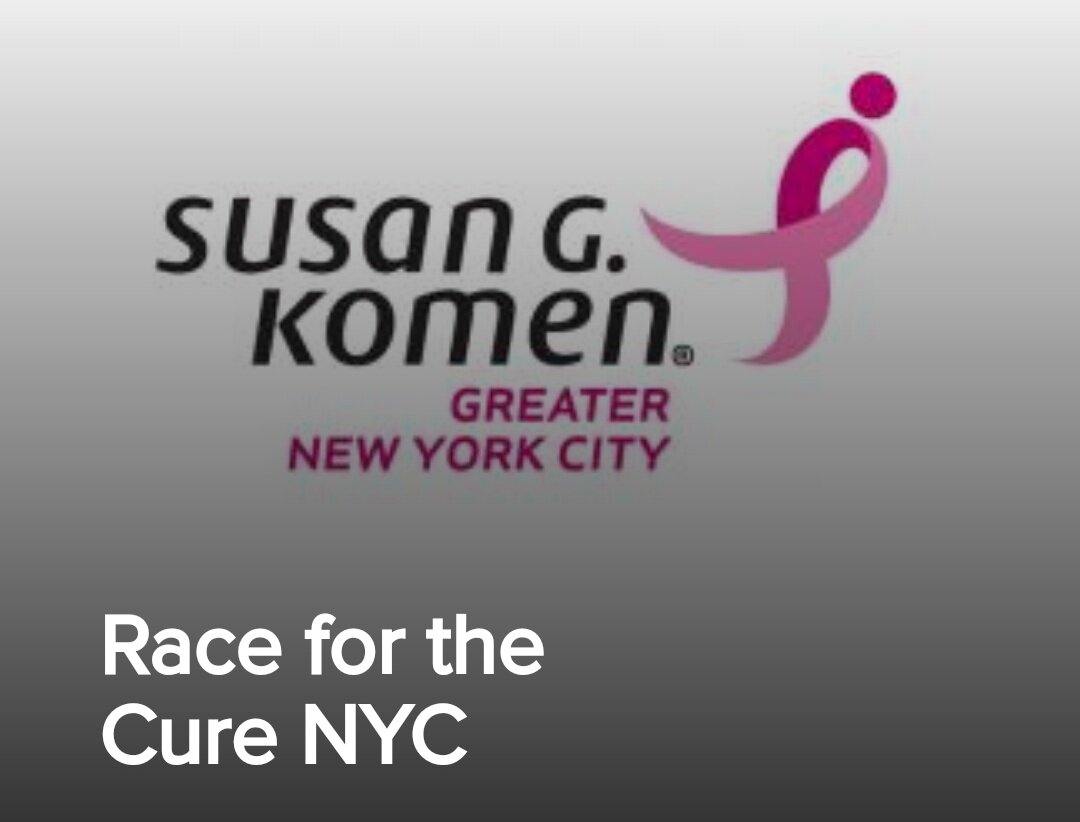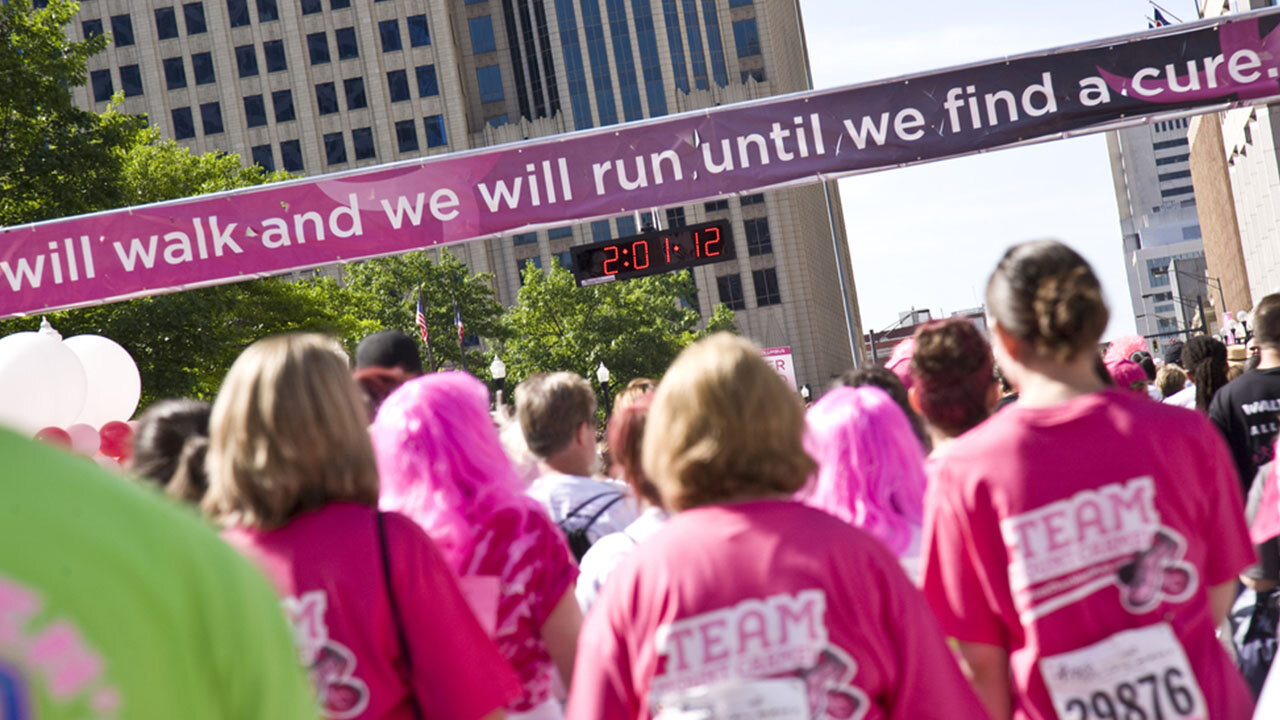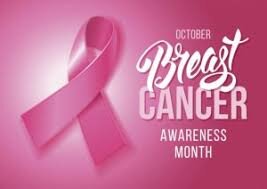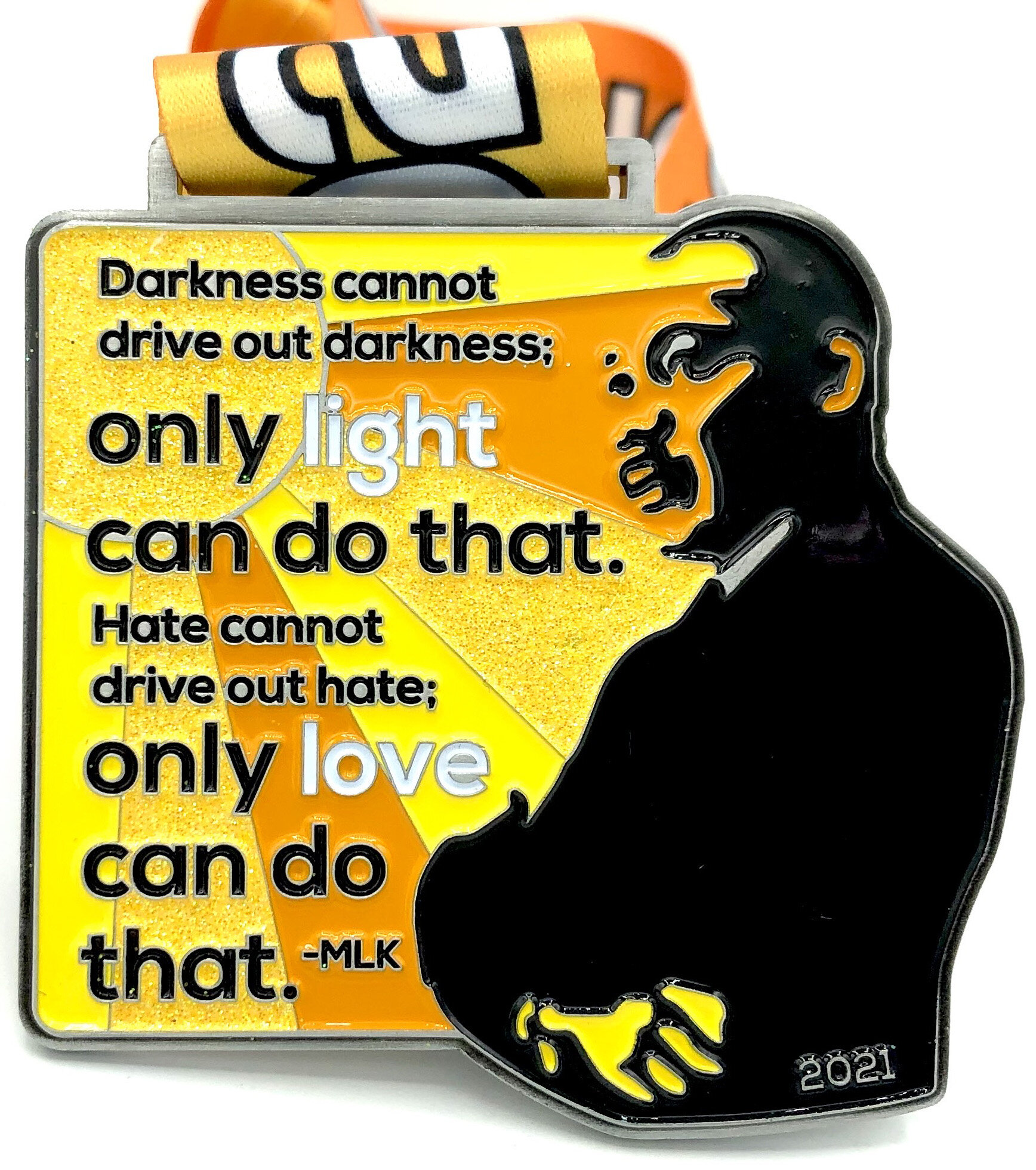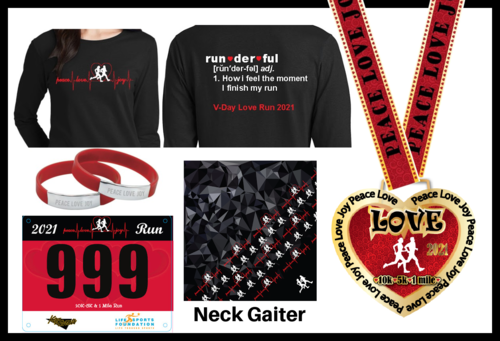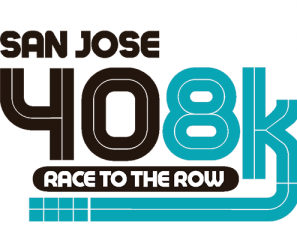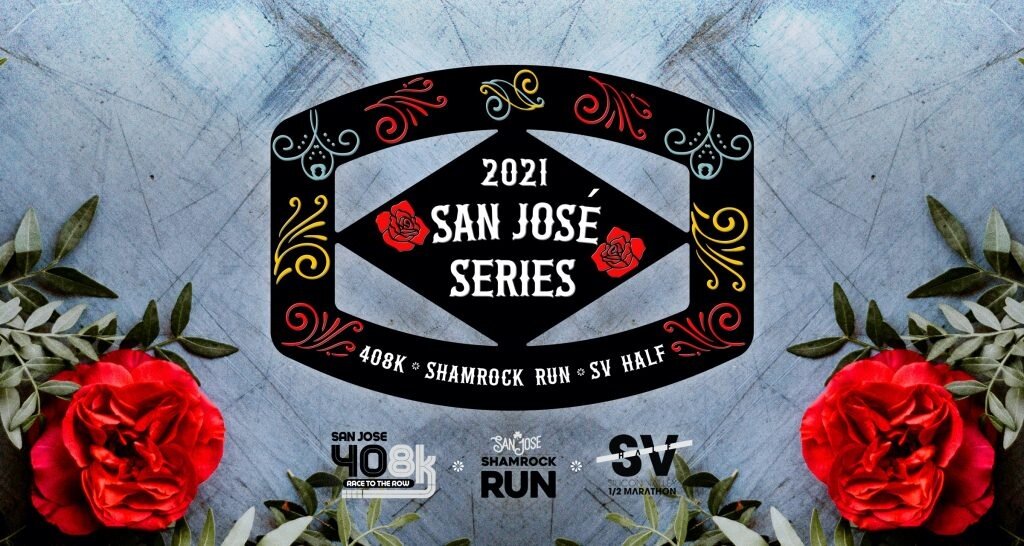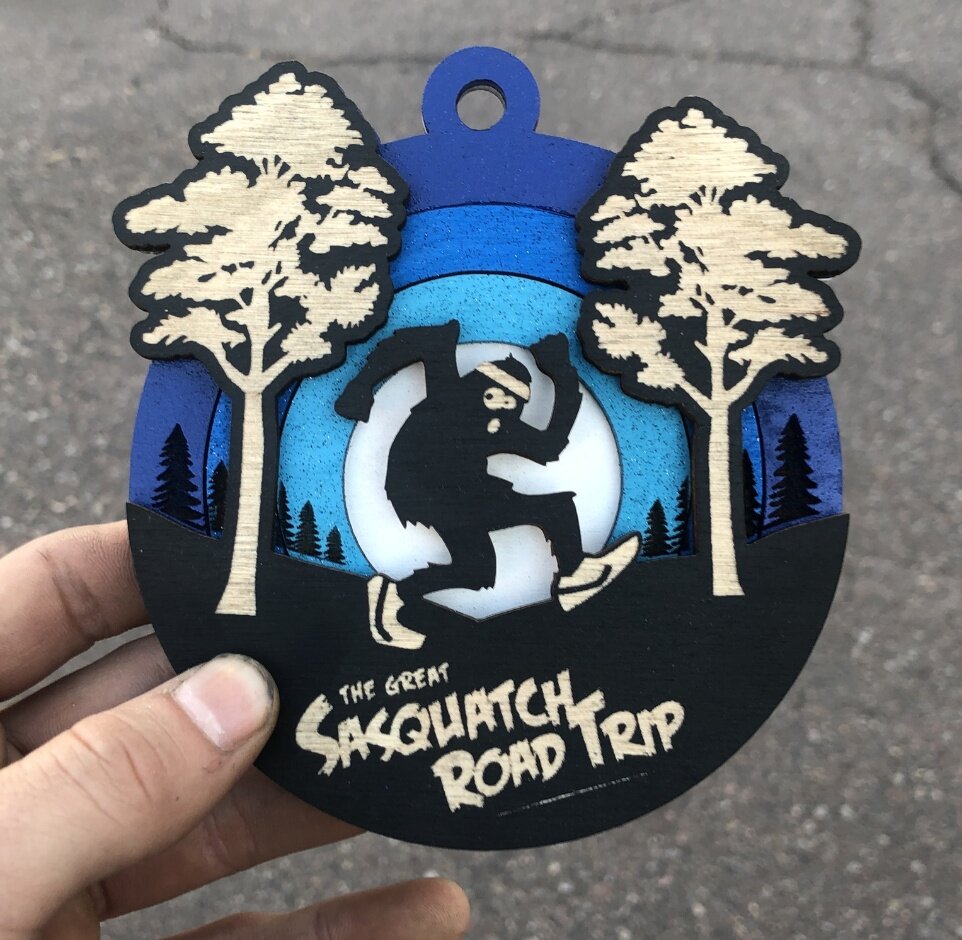Are You Ready For a 5K?
I didn’t “train” for my first 5K. I’d been running for exercise since my college days in Washington, D.C. My roommate and I would head out from our apartment at 25th and K Streets in Foggy Bottom near the GWU campus, run along Pennsylvania Avenue and arrive at the National Mall, only a couple of blocks away. Our routes varied between 3 and 5 miles; sometimes a bit longer if our schedules allowed.
We might circle around the Ellipse, turn onto Constitution Avenue and spend a half-hour or so sight-seeing past the Smithsonian museums and the National Gallery of Art. If we had more time, we could run toward the Capitol Building at the East end of the mall – the majestic dome in the distance, the stately columns; the symbol of our democracy, untarnished and awesome. Otherwise, we’d run over to the Hirschorn Museum on the opposite side, finish with a gaze up at the Washington Monument, and then head back to Foggy Bottom. That was about a 5-mile loop. Other days, we might run to the Lincoln Memorial, less than a mile from our building. Or maybe into Georgetown, where we could run on the canal towpath or along the Potomac waterfront. I’d been running a distance of at least 3.1 miles without much thought.
I wasn’t thinking about pace or tracking my miles. I might have worn a watch. But probably, I would have noted the time I left on a clock and knew I needed to be back in time to study or write a paper or a newspaper article. We were simply getting outside for some air and touring the Capitol sights that made up my campus backyard. 20 years later I would run my first marathon back in my college stomping ground, when I ran the Marine Corps Marathon in 2001.
After I graduated and returned to New Jersey, I kept up my running, though it was hard to fit in a workout early enough before catching a commuter bus into mid-town Manhattan. I was working for a large advertising and marketing agency at the time called, Bozell & Jacobs. The company participated in the Manufacturer Hanover Corporate Challenge, an annual 3.5 mile road race that was part of a series of events, created to encourage team spirit and fitness among employees of local companies and organizations. The race, which was founded in 1977, still exists today and has grown to include 100,000 runners from all over the world. It’s now sponsored by JPMorgan Chase, which shows you the evolution of banks and sponsorships.
I signed up for my first Corporate Challenge race in 1989. We got team shirts (100% cotton) and we joined 100s of teams from other New York City companies in Central Park after work on a Wednesday. Every event staged by the New York Road Runners Club is a big event and this was no exception. 10,000+ runners and thousands of spectators. I ran the 3.5 mile race with some coworkers. I don’t remember how I did. It didn’t really matter. It wasn’t about a finish time, more like blowing off some steam from the hectic work environment and fostering some camaraderie among fellow “joggers.” This was the 80’s, after all. I remember I did a second Corporate Challenge in the series a few months later.
I even found a video from 1982. It’s fun to watch ‘80’s style-running with those heavy t-shirts, short shorts, cotton knee-high socks, and white terrycloth headbands, and see how far our sport has come. There’s also a video with a history of the race.
My first scored 5K race that there’s a record of, was the 1992 Susan G. Komen Race For The Cure. It was a bright sunny day on Sunday, September 13, in New York City’s Central Park. It was 72 degrees. Kind of warm for September running. I had on neon pink running shorts in a lightweight parachute fabric, a white singlet and Nike Pegasus sneakers with some questionable ankle-high socks. Lest you think my memory is photographic for dates and places of events that happened that long ago, or that I have all my race memorabilia at my fingertips (well, I do, but it’s in my garage), I confess, I immediately searched Athlinks database because I knew I’d find my race results there. Plus, I found a finish line photo from another race I did in New York shortly afterwards and I always wore the same gear for races.
The race is an education and fundraising event for breast cancer. Interestingly, the year before I ran, the Susan G. Komen Breast Cancer Foundation established the now ubiquitous pink ribbon as a symbol for breast cancer awareness, by giving one to every participant in the New York City Race for the Cure. By 1992, the idea of the pink ribbon – as well as other ribbon colors in support of numerous causes – had taken hold and The New York Times was calling 1992 the ‘Year of the Ribbon.’
I finished the 3.1 miles in 29:18, running at a 9:25 pace per mile in the all-women’s race. I was 30 years old and ranked 920 out of 3,216. In my age group F30-34, I was 208 out of 565.
My 5K personal record (PR) happened 18 years later in 2010, after I’d been training and running marathons for nearly a decade. That year, I was training for my fourth go at the Boston Marathon, working on improving my speed, strength, and endurance, before the April event. I ran the Verona Labor Day Classic, on September 6, an annual local race in Verona Park in Verona, New Jersey – a few towns from where I lived in Livingston. I finished the 5K in 26:20 with a pace of 8:28 per mile. I finished 294 out of 607, 71 out of 246 women and 5 out of 26 in my age group. I was 48.
What a difference nearly two decades makes. And what a difference training can do for your finish times.
If you’ve already been running 3 miles at a time, a few days a week, the 5K race is a manageable distance for newer runners to tackle and you don’t have to worry about recovery time afterward. During this pandemic time, with few “live” races being held, it’s actually a perfect time to test your fitness.
You don’t even need an organized race to try out your running ability. You can head over to a local track and run your beta race or map out a 3.1 mile course in your neighborhood, on a local running path or trail, or even on your treadmill. We do our Hammer Time early morning speed workouts on the track at Los Paseos Park on Santa Teresa Blvd, right next to Martin Murphy Middle School, and just off the parking lot where some dubious characters spend the night in their cars. It’s an un-laned dirt track – nothing fancy. You can put on your retro RaceMob headband and your 21st century wicking gear, draw a line in the dirt with your Brooks Ghost 13s to mark your starting point, turn on your GPS watch or app on your phone and go. 12 laps, plus a few yards is a 5K. Pay attention to your running form and consistency as you run each mile. Start at a comfortable pace, increasing your speed through the second mile and push yourself to end with a negative split. You can practice your 5K distance without any expectations. You’re running your race at your own pace. There’s no pressure of runners passing you, a finish line, or onlookers. You’ll have a benchmark for your fitness from which to gauge your ability, and you’ll have a PR to beat.
Then, take it out for a spin on one of the many virtual challenges popping up regularly, as race directors try to keep potential race participants on their rosters for actual races when they return – sometime in 2022? A good starting point to search for upcoming virtual 5K’s are race calendar databases such as: Active.com, RaceRoster.com, RunningintheUSA, RaceMob.com, Race-Find.com, and Goneforarun.com. RunnersWorld also has a 2021 virtual race calendar with selected events. Some of these sites have a feature for finding a virtual activity. And many of the virtual events give you a window of time to complete the race and log your finish time. You’ll notice that often longer distance events include 5K and 10K options.
Here are just a few virtual 5K/10K events you can sign up for in the coming months:
I Have a Dream 1 M, 5K, 10K, 13.1, 26.2 – Celebrate Martin Luther King Jr. Day with a virtual race honoring the civil rights leader on January 18, 2021. You can complete the race any time in January, whether it’s on your treadmill, at a gym, or on a track, trail, or road.
Bee Kind Virtual 5K/10K – Register before Feb 28 2021, and complete a 5K or 10K at anytime, anywhere. There’s no deadline. Your race entry fees support Feeding America, a national hunger-relief organization.
There are a number of Groundhog Day Virtual 5 K runs on February 2:
Valentine’s Day Virtual 10K 5K and 1Mile Fun Run – February 12-14, 2021
She. Is. Beautiful Santa Cruz Virtual Race road 5K, 10K – The event race date is March 20, 2021, but you can take the whole week from Monday, March 15th to Sunday, March 21st to complete your selected race.
For all these events, you can register quickly, get some race bling for inspiration, and enter your 5K time in the race organizer’s app. Now you’ll have a scored race to compare with your first effort, and a medal and a t-shirt to commemorate your achievement. How’d you do the second time? Better, right?
There are other events that combine the 5K distance with clever challenges that enable you to unlock “badges” as you progress on a mileage accumulation journey and keep up your motivation for running during an endless pandemic. All your 3.1 mile runs add up and you can earn some fun race swag:
Runlocalevents.com has the San Jose Series of “Real Virtual Racing.” There are three races that include 3-5 mile distance opportunities: The San Jose 408K, a 5 mile run (January 28 – February 7); The San Jose Shamrock Run 5K (March 11 – March 20); and the Silicon Valley Half Marathon and 5K (April 22 – May 2). You can run on the live courses in San Jose or run your distance in your local area. Choose one or all three races, and earn 3 individual medals, plus a 4th for completing series. You can also participate in the free 408-kilometer mileage challenge from January 1 – May 2, 2021. As you enter your daily miles, you can earn new badges that represent the diverse San Jose neighborhoods you pass through on your virtual 253.5 mile-journey.
Superhero 5K-A-Week Virtual Challenge –The 7th annual Superhero fun run celebrates the anniversary of the Union City, CA, Mark Green Sports Center and is a fundraising benefit for Parkinson's Disease. The goal is to run or walk at least 5K each week for 4 weeks, from Sunday, March 14 to Sunday, April 11, 2021, in order to earn your finisher’s medal.
The Great Sasquatch Road Trip – a 300+ mile virtual running adventure starting in the San Francisco Bay area and heading north to Willow Creek, CA, pegged as “The Bigfoot Capital of the World.” January 11, 2021 – June 2021. Your 3-5 miles at a time add up. For every 15-20 miles you run and log, you’ll unlock another “Sasquatch” hotspot. And for your efforts, you’ll get a fun t-shirt, a hand-crafted wooden medallion, participation in a dedicated Facebook group, Zoom events, and email newsletters – all to keep you motivated.
Of course, there are more things to consider for an in-person race: picking up your bib; getting to the start line; corrals if it’s a populous race; grabbing cups of water without spilling them and drinking on the run; the enthusiasm of the spectators; the excitement of crossing a finish line for the first time; and the proud moment of feeling a medal – for an actual race – placed around your neck. Plus race photos or selfies you’ll want to share on social media. All those joys await you in the future when real racing returns. Perhaps a long future, but someday.
And you’ll be ready for it.

